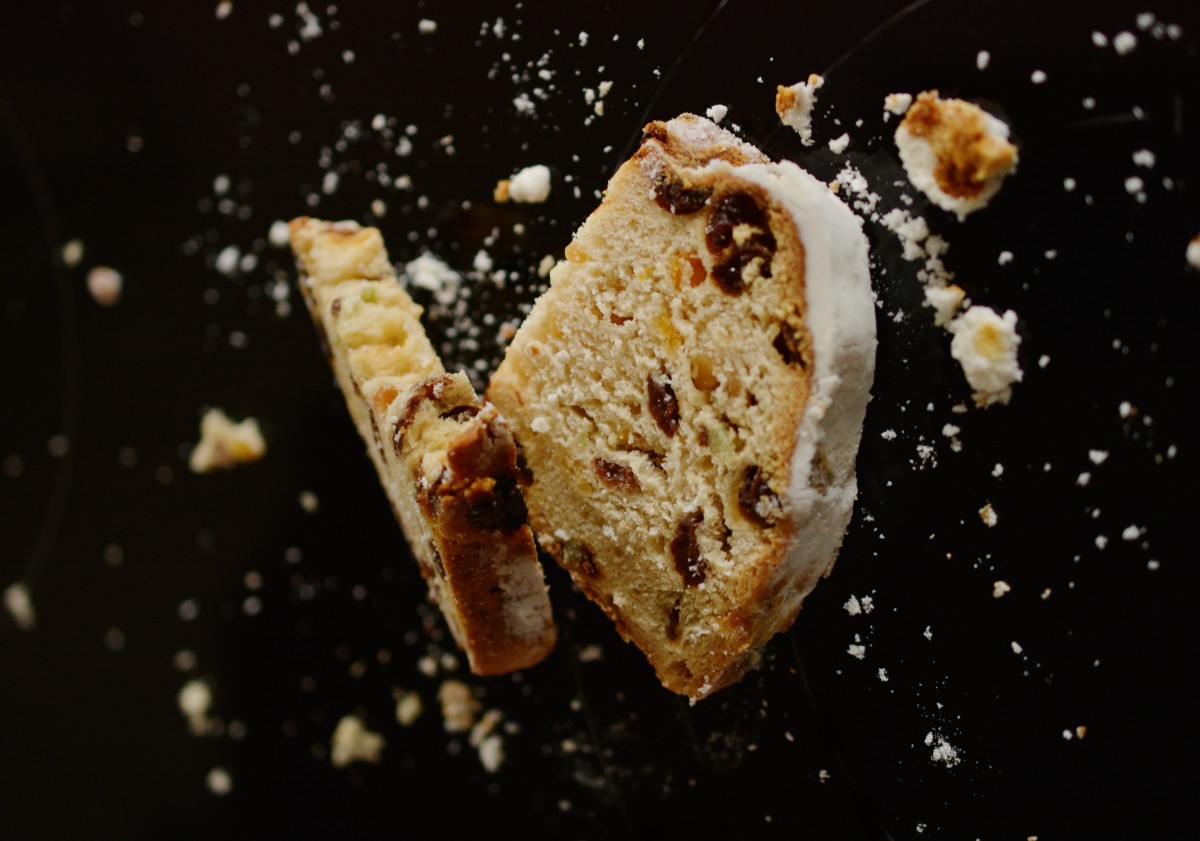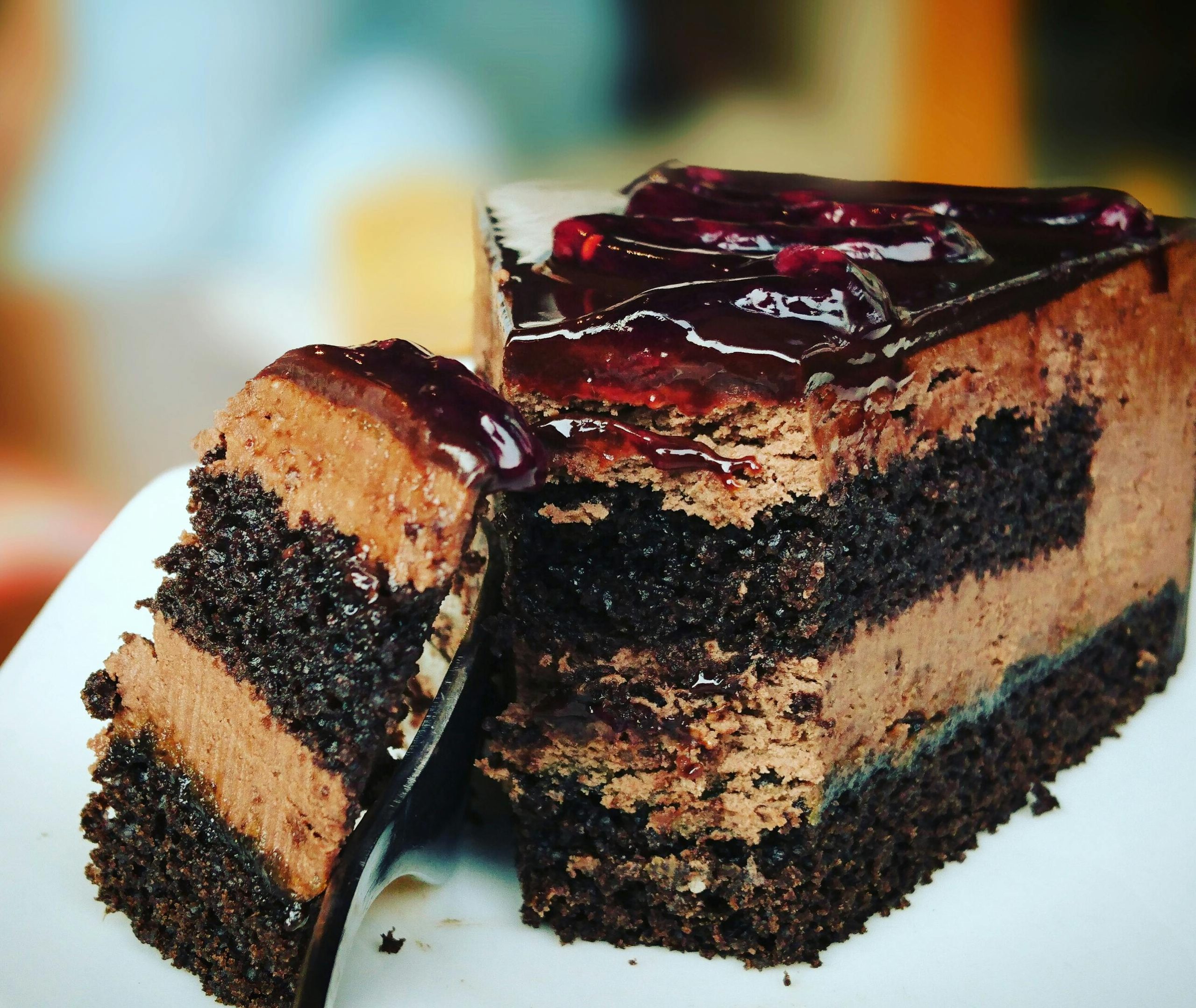How to make cake: top 10 tips for success
You may have a difficult time baking if you are a cook who can’t help but add a little of this or a little of that. The art of baking does not allow for much artistic license. Follow a few simple baking rules, and you’ll be on your way to success.
1. Good recipes are essential
To get guaranteed results, it is important to adhere to baking recipes exactly. Your cake will only be as good or as bad as the recipe that you use. Begin with a trusted recipe. Many recipes, especially those found on the Internet, have not been tested.
2. Line the tin to the size specified in the recipe.
You will need to adjust your cooking time if you choose to use another type.
Top 10 Spring Dinner Ideas
It is non-stick and works well as a lining. Alternatives include oil or butter dusted with a flour mixture. Use only enough fat to prevent the sides of your cake from frying. Wrapping the outside of the cake tin with brown paper and string will prevent the edges from burning if you are cooking the cake for a very long time.
3. Pre-heat the oven
If you place a cake in an oven that is too cold, it will not rise properly. For a longer shelf life, use the conventional setting. Fan ovens will dry out a cake.
4. Weights and ingredients should be accurate
Use the exact ingredients and measurements as specified in the recipe. If you want the cake to rise higher, it’s not enough to add more baking soda or use self-raising instead of plain flour. To ensure accuracy, use measuring spoons instead of tableware. Avoid mixing imperial measurements with metric ones.
5. Check that ingredients are at the correct temperature
The eggs and fat are required to be at room temperature for most recipes. Butter straight out of the fridge does not cream, and cold eggs can curdle cake batter.
6. As much air as possible into the cake
Butter and sugar should be creamed until they lighten in colour and texture. The cake will be lighter because the air and volume are increased.
Mix the flour with other ingredients, adding air to make it easier to fold. Folding is best done with a large balloon whisk, which can be used gently. It helps avoid flour lumps and doesn’t overwork your mixture. Do not whisk too vigorously, as this will remove the air from the mixture and make it heavy.
7. After the cake is prepared, put it directly in the oven
To ensure that your cake rises well, you should put the mixture into the oven as soon as possible.
8. Keep the oven door closed and place the cake on the correct shelf
To ensure that the cakes cook evenly, it is best to place them on the middle shelf.
Avoid opening the oven door before the cake is almost done. You should not peek into the oven until the cake has been properly baked. If you do, it will collapse if you let cold air in. When you put the cake in the oven, do not let the heat escape.
9. Cooking times should be adhered to
If you used the right pan and your oven is good, the timings should be correct. Check the cake right before the end of cooking time, as ovens vary. If you press the cake around the edge of the centre, it should have the same texture. A skewer should also come out clean when inserted into the centre. If you think your cake looks brown but isn’t cooked enough, cover it with dampened greaseproof paper.
10. Cooling cakes
Most recipes provide instructions on how to cool the cake. However, as a rule of thumb, it is best to leave most sponge cakes for a few moments and then turn them onto a cooling rack. This helps avoid soggy edges. Rich fruitcakes are best cooled in their tins.

